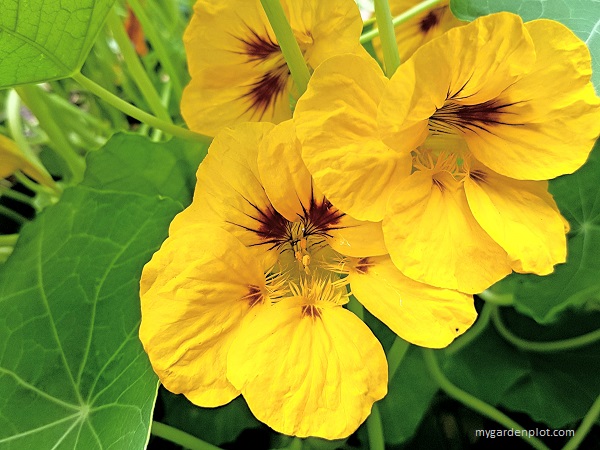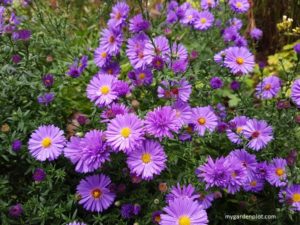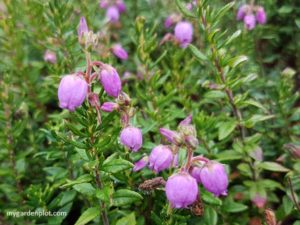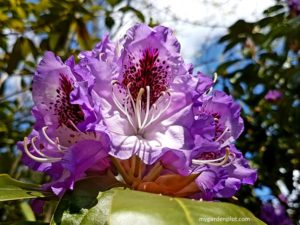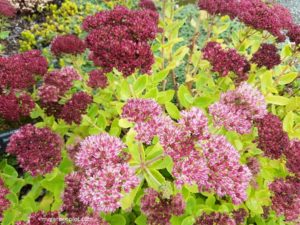Summer Annual: Tropaeolum (nasturtium)
Often associated with vegetable beds, the nasturtium is a brightly coloured summer favourite. These ever-blooming plants are native to Central and South America. They are ideal for filling in empty border spaces around your flower beds or edible garden. There are trailing and climbing varieties that work well in hanging baskets or pots with trellises. Plant them anywhere you want to add some summer spice to your garden. Nasturtiums never fail to bring cheer. Its beautiful blooms of red, orange and yellow last all summer. And not only does this bring a spark of colour to the garden, but they are also totally edible – leaves, flowers and seeds. Similar to watercress, it adds a peppery taste to your salads. And the edible flowers look beautiful as a garnish! Check out the suggestions below.
While I seldom indulge in having too many annuals, the nasturtium is an exception. It is relatively hardy, easy to care for and a fast grower. As a companion plant in vegetable beds, it can lure aphids away from your crop. It attracts pollinators, hummingbirds and various predatory insects that help deter pests. Grow them near tomatoes, lettuce, kale or radishes – any sunny location where you want to lure pests from susceptible crops.
Nasturtiums are a winner all round. They work for you, feed you and bring summer cheer.
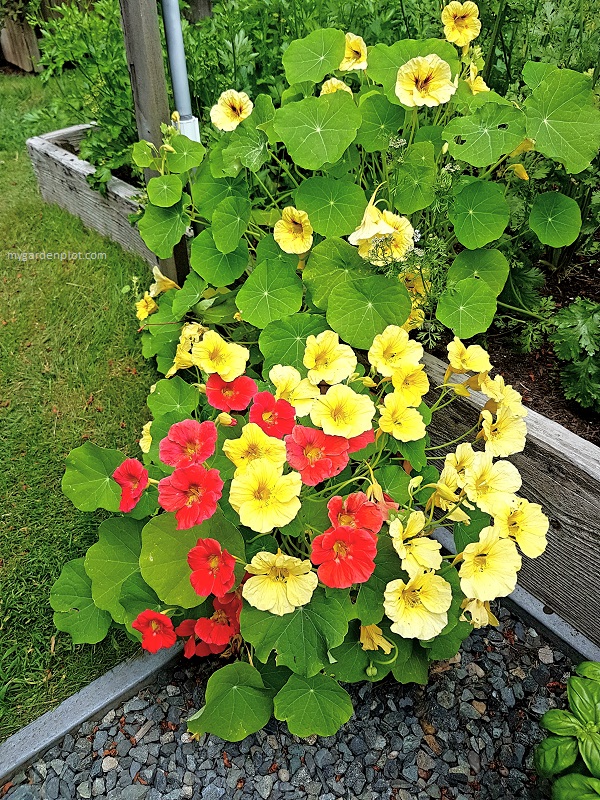
Nasturtiums At A Glance
Type: Annual
Location: Full Sun to Partial Shade
Blooming Season: Summer
When And Where To Plant Nasturtiums
Direct sow nasturtiums in your garden from mid-spring after the last frost to early summer. You can also start the seeds about a month before the last spring frost before planting outside. Young plants are easily purchased at garden stores, which may give you a head start. They are easy to care for and quick to grow. They grow well in containers or any space in the garden or vegetable bed where there is room in the sun. If overgrown, they tolerate trimming for space or harvesting.
During scorching weather, they would benefit from a little shade. Nasturtiums grow easily in most soil types, so long as it is well-draining. Fertilizing is not necessary. Water regularly, perhaps twice a week, but especially water during hot weather in summer. Many varieties will self-sow, and you can expect to see new plants with two weeks.
Companion Planting
As a companion plant, nasturtiums, are the perfect ‘trap’ plant for your vegetable or herb beds. They are a ‘working’ plant luring butterflies and, therefore, caterpillars, aphids, slugs, and other garden pests. And beneficial insects will also be drawn to them – all in all, helping to keep crops pest-free as much as possible. And while insects love nasturtiums, the deer don’t trouble them.
From Field To Table: Harvesting Nasturtiums
Nasturtiums provide a watercress-like flavour that is spicy and peppery. Harvest leaves and flowers whenever you need them and toss them into a salad. But go beyond the salad, add shredded leaves to scrambled eggs and an omelette. Or use with egg salad sandwiches instead of watercress. Harvesting the flowers or removing fade ones prolongs blooms. The young seeds can be eaten raw which have a horseradish-like taste, or pickled and used in dishes instead of capers.
When picking leaves and flowers, remember to check each one in case an insect is visiting it – thankfully, they are very easy to spot and remove.
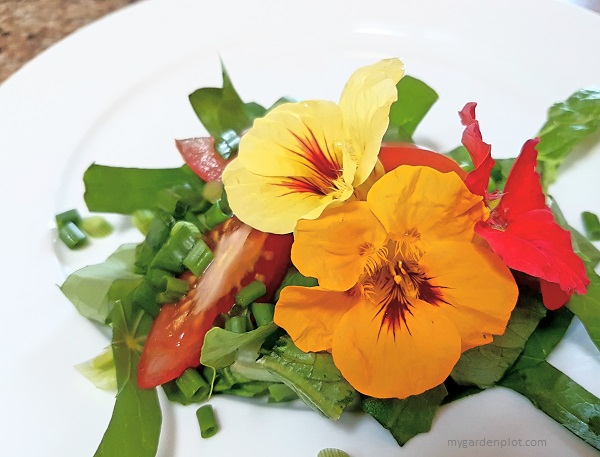
Spend more time in the garden! Large choice of gardening supplies for your garden bed and maintaining lawns, and fun art and sculptures for your garden and vegetable patch. Check out the latest deals for garden supplies. View the awesome deck decorations and patio furniture, and the necessary garden tools, and more.

